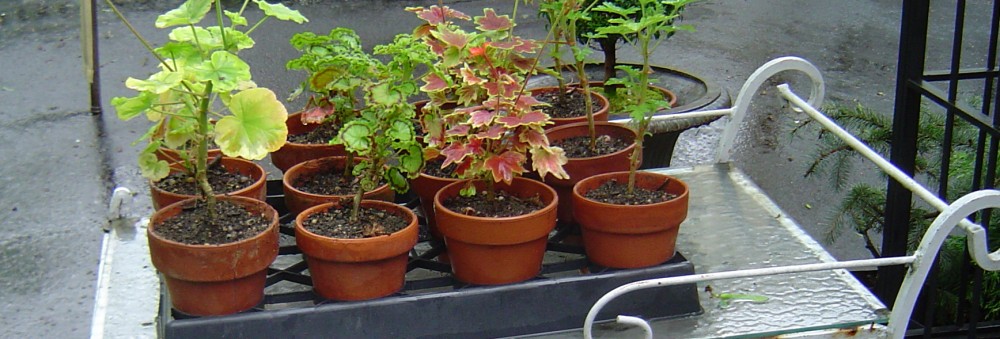I’ve just returned from a long weekend to Ithaca, NY. That’s well north-west of where I live. In 2012, this region was firmly in USDA Hardiness Zone 5. But in 2023, it was moved up to Zone 6. Given that my own zone has shifted from 6a to 6b to now 7a, I’m not surprised and yet, seeing the landscape completely bare of any snow and its famous waterfalls gushing and flowing in the depth of winter was somewhat of a shock. The stamp of climate change felt so definitive and progressive.
Already we are witnessing the ‘migration’ of some native plants. They’re moving north! Slowly buy surely. While it means that we can indulge in some plants that were not possible to grow before, it also takes away some cold loving plants from our gardens. When we must plant things like bulbs and other spring bloomers must be adjusted. The growing season will be longer now and accordingly, plans for flowers, vegetables and fruits require due consideration.
This also brings up the conundrum of what we can now include as native to the region. Similarly, some current natives will not stay so much longer if the climate continues to change. Native pollinators and other native creatures will also be affected. All of life will be impacted.
In our home gardens, it indicates that we must stay vigilant, resilient and responsible. Observe the changes, adapt to the loss of certain cherished garden members and welcome new ones, be careful to take on only non-invasive new natives because only time will tell if this was a good inclusion or not. We must act with caution and open minds. Not easy but, we gardeners are a tough, tenacious lot and we learn well. Our future gardens will reflect that I’m certain.
On my return from Ithaca, a warming up had occurred and the thick layer of snow had been reduced to patches here and there. A perfect moment to re-identify the micro-climates within the garden. Exposure to light, sheltering shade, grade of the land, heat retaining walls/stones can all be viewed clearly by observing the pattern of the melting snow. Don’t dismiss the smaller patches as they too show the timeline of how the snow recedes.
Where the snowdrops are up and where they’re yet to awaken says much. Similarly, observe not only what trees and shrubs are beginning to show buds but examine how much those buds have plumped up and the location of the plants. Depending on those micro-climates, shrubs of the same kind will flower earlier or later. Changing climates, trees spreading more shade over time, loss of trees opening up areas to light, alterations in the lay of the land due to erosion or build up, new constructions nearby are all factors that affect the garden.
I’m taking notes more seriously this time – it’ll be a record for future plans as we go about the business of adapting to the changing environment. Our collective experiences will matter greatly as we educate ourselves and the world at large.
Here are some images from my garden with the melting snow –













Meanwhile, at the Cornell Botanical Gardens, Ithaca –






(c) 2024 Shobha Vanchiswar
[do_widget “Blog Subscriptions (Jetpack)”]

